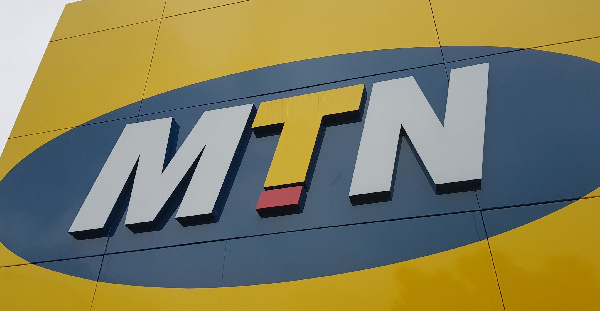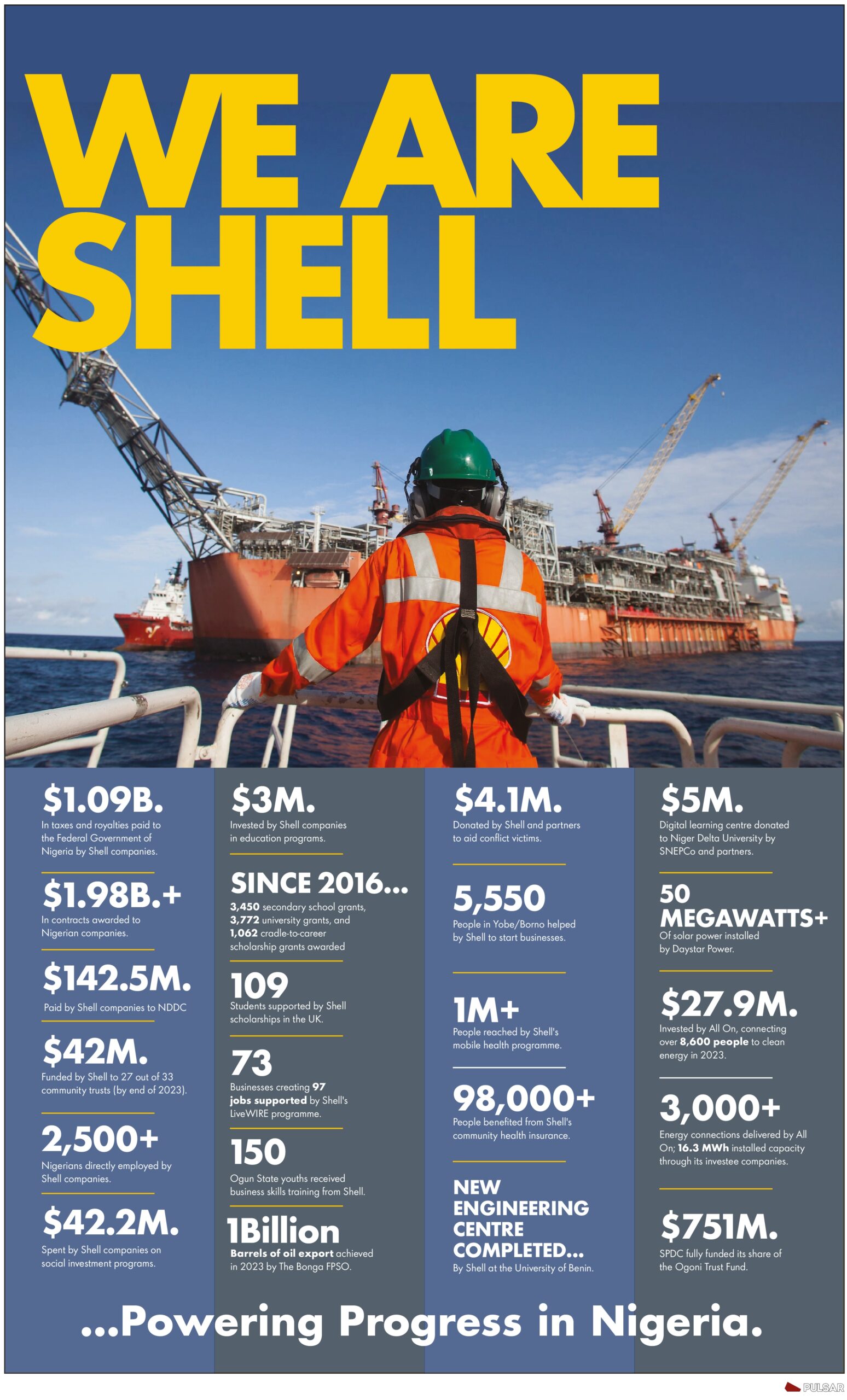Olusola Bello
A fresh decision has been reached on how to resolve the current USSD recharge impasse between the banks and MTN.
A fresh decision has been reached on how to resolve the current USSD recharge impasse between the banks and MTN.
According to the agreement reached Thursday, MTN Nigeria and the banks that have engaged in dispute over some debts owed by the banks , the disputing parties have been enjoined to come up with a pricing structure that not create crisis for a long time to come.
The pricing structure according to a statement released by MTN should be such that reflects international best practice which would be applied to all charges that have to do with Unstructured Supplementary Service Data (USSD) code.
According to Funsho Aina who is the senior manager, External Relations MTN, in a statement on Thursday, services were restored by MTN on Sunday , April4,2021, with customers able to access all services. This was agreed on the basis that the MTN would revert to its previous cost of sales structures with the banking partners, until a new long-term agreement can be reached on a sustainable pricing structure going forward.
This action was taken after the temporary suspension of sales of MTN products through its banking channel partners on April 2, 2021
This development came up after the intervention of the Nigerian Communications Commission (NCC) and the Central Bank of Nigeria (CBN) both regulators of the disputing parties, MTN and the banks at a meeting which involved officials of MTN Nigeria and Deposit Money Banks (DMBs), held to resolve the lingering crisis between them over the charges for USSD on Thursday
Following the intervention of the Minister of Communications and Digital Economy, the Nigeria Communication Commission and the Central Bank of Nigeria, since April 6, 2021, MTN has been participating in a series of meetings to align on longer term pricing structures.
This development came up after the intervention of the Nigerian Communications Commission (NCC) and the Central Bank of Nigeria (CBN) both regulators of the disputing parties, MTN and the banks at a meeting which involved officials of MTN Nigeria and Deposit Money Banks (DMBs), held to resolve the lingering crisis between them over the charges for USSD on Thursday
Following the intervention of the Minister of Communications and Digital Economy, the Nigeria Communication Commission and the Central Bank of Nigeria, since April 6, 2021, MTN has been participating in a series of meetings to align on longer term pricing structures.
“We will provide a further market update once these discussions have been concluded. The streamlining MTN undertook is international standard and best practice as scale is built along distribution channels. We are confident that partners in the banking sector will work with us to ensure this process concludes as quickly as possible to the benefit of the entire industry,” he said.
It was decided at the meeting that MTN should maintain status quo and revert to the old billing where it offered 4.5 per cent commission to the banks for all USSD charges, while it liaise with it partners to work out the new price structure.
MTN and the banks had been at loggerheads over USSD charges and their commission, which is purely a commercial dispute, leading to the disconnection of all MTN customers by the banks, from the use of the USSD channels in all banking transactions, before the intervention of their regulators, the NCC and the CBN.
MTN and the banks had been at loggerheads over USSD charges and their commission, which is purely a commercial dispute, leading to the disconnection of all MTN customers by the banks, from the use of the USSD channels in all banking transactions, before the intervention of their regulators, the NCC and the CBN.
The regulators called for a meeting to resolve the impasse, at the instance of the Minister of Communications and Digital Economy, Isa Ibrahim Pantami.Following the commercial dispute, the banks had on Thursday last week, disconnected only MTN customers from accessing the USSD code on airtime vending from all bank channels that were linked to USSD code. According to the banks, they took the decision to disconnect MTN, because it reduced the discount offered to banks on airtime sales from 4.5 per cent to 2.5 per cent, which did not go down well with banks considering the cost of managing the infrastructure and other operational costs they incurred.
After the intervention of the minister and their regulators on Sunday this week, the banks reconnected all MTN customers, pending when the issue would be resolved.
MTN has however expressed it appreciation to its customers for their patience, and regret the inconvenience imposed on them while banking channels were offline.
It said in order to forestall such a situation in future, it has expanded the range of channels available to customers, and has activated a number of new channel partnerships with fintech partners, adding that these will remain in place, while significantly expanding the channels available to its customers and increasing its sales and distribution network

